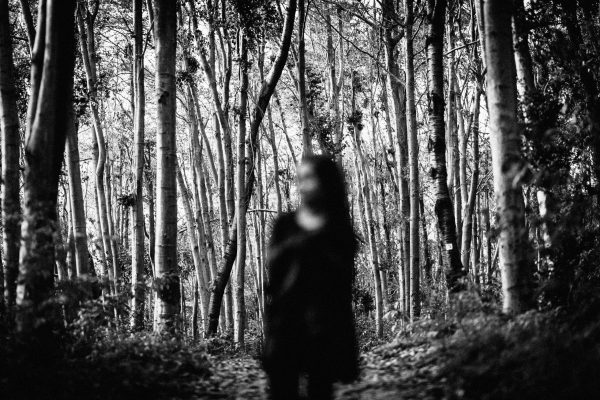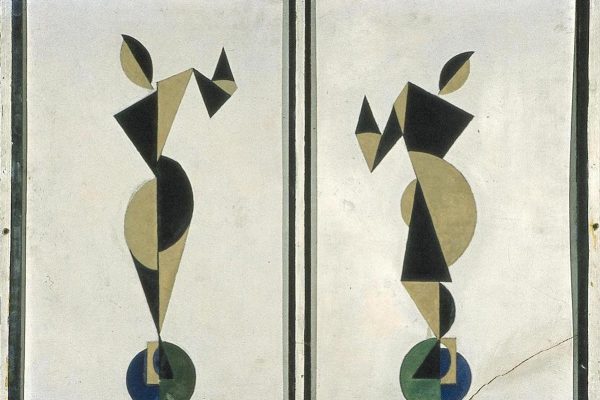When iodine 131 and cesium 137 reached the East Coast
eleven days after Japan’s disaster, the newspapers called it a plume,
but let’s call it a shank. A radioactive shank: a line of pots
attached to a rope for catching crabs and whelks,
dragged in shallow water. Or like the part of a harpoon
between socket and mouth. A shank like a broom handle,
a rake, a spade. An axe head, pipe stem, ladle handle,
chimney tunnel. An alembic neck, a footstalk.
A shank like a joint of meat. Like the blank part
of a screw bolt, between thread and head. A mine shaft.
A radioactive plume that tangs as a knife does or a chisel does,
a tool that goes on tanging, an instrument that continues to sing
set your house in order, set your house in order. You might glimpse me
between the willows, tracking the ox, dreaming
of riding it home. A shank like a lug, a stud, an ear.
Between an oar’s blade and its handle. Hook,
net, remainder. Will you remember the short rope made of radioisotopes?
A golf ball struck with the heel of a club, the part of a ring
that encircles the finger. (Which part of the ring doesn’t
encircle the finger?) Or any appendage like tooth’s fang, shoe’s waist.
If the whole universe is a fisherman’s net, said the monk,
and coughed. Let’s call it a shank, let’s sign the marriage contract,
let’s lift each other on our shoulders and circle round.
Stem of a goblet, crushed; side-piece of a spur, crushed.
You might see me in the far-left corner, right here,
trying to catch a catfish with a small gourd.
Help Us Stay Paywall-Free
Democracy depends on the free exchange of ideas. Help sustain it with a tax-deductible donation today.







